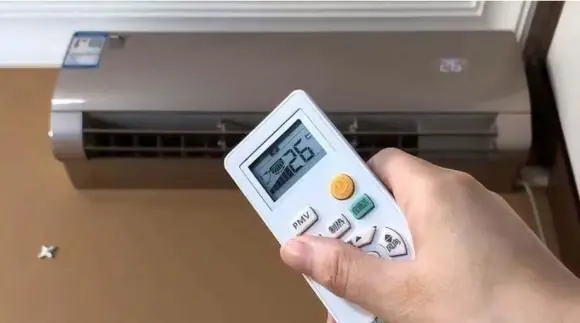
Tips to deal with moldy, peeling walls: Free, very simple, any house can do it
How to Deal with Moldy, Peeling Walls: An Easy, Free Solution for Every Home
When we think about maintaining a home, one of the most common issues that arise, especially in damp environments, is mold and peeling walls. These problems are not only unsightly but can also affect the structural integrity of your house. Fortunately, there's an incredibly simple, cost-free solution to deal with these problems. This guide will explain how you can quickly and effectively address mold and peeling walls, all with basic materials you likely already have at home.
What Causes Mold and Peeling Walls?
Understanding the causes of peeling walls and mold growth is the first step toward prevention. Moisture is the primary culprit. Humidity in the air, often caused by poor ventilation, leaks, or water ingress, can lead to mold growth and paint or wallpaper peeling. When moisture accumulates on walls, it softens the paint or wallpaper, causing it to peel away.
Mold thrives in damp environments and feeds on organic materials, such as the paper backing on wallpaper or the wood in drywall. Over time, this can cause significant damage if left unchecked.
Step-by-Step Guide to Fix Moldy and Peeling Walls
Thankfully, you don't need to hire expensive professionals or purchase costly chemicals to tackle this problem. With a few basic ingredients and some elbow grease, you can restore your walls to their original condition. Here's a step-by-step guide to help you solve the issue.
1. Gather Materials
You will need:
-
White vinegar or hydrogen peroxide
-
Baking soda (optional)
-
A sponge or soft cloth
-
A scraper or putty knife
-
Paint (optional)
-
Fan or dehumidifier (optional)
2. Scrape Away Peeling Paint
The first step is to remove the peeling paint or wallpaper. Use a scraper or putty knife to gently peel away the loose areas. Take care not to damage the underlying wall, especially if it's drywall. It’s important to remove all the peeling sections to ensure the wall is smooth and ready for the next steps.
3. Clean the Area
After scraping the walls, the next important step is cleaning the surface. White vinegar or hydrogen peroxide is perfect for this task as both are natural disinfectants. Simply mix a solution of one part vinegar to one part water or use hydrogen peroxide directly.
Using a sponge or soft cloth, scrub the affected areas to remove any mold or mildew. For stubborn mold, apply baking soda to the surface and scrub again. This will help break down the mold and eliminate the musty odor often associated with damp walls.
4. Dry the Wall Thoroughly
Once you've cleaned the area, it's crucial to dry the wall completely. Mold thrives in damp environments, so use a fan or a dehumidifier to dry the wall thoroughly. Open windows if possible to allow for ventilation, helping to reduce moisture in the air and prevent further mold growth.
5. Apply Fresh Paint
After ensuring that the wall is completely dry, you can now apply new paint to restore the wall’s appearance. If the peeling area was particularly large or the paint was severely damaged, you may need to apply a primer before the fresh coat of paint. Choose a mold-resistant paint to prevent future mold issues, especially in high-humidity areas like bathrooms or basements.
6. Regular Maintenance
To avoid future mold and peeling paint problems, take steps to maintain proper ventilation in your home. This includes using exhaust fans in bathrooms and kitchens, keeping windows open during dry weather, and ensuring any leaks are repaired promptly. Regularly inspect areas prone to dampness, such as basements, bathrooms, and kitchens, for early signs of moisture buildup.
Why Is This Solution So Effective?
This solution works because it targets the root causes of mold and peeling walls: moisture and poor ventilation. By using easily accessible, non-toxic ingredients like vinegar and baking soda, you not only save money but also avoid the harmful chemicals that are often found in commercial cleaning products. The key to success with this method is consistent maintenance and addressing the issue as soon as you notice it.
Conclusion
Dealing with mold and peeling walls doesn’t have to be a costly or complicated endeavor. With simple tools, a little effort, and a couple of everyday ingredients, you can restore your walls to their former glory. Remember that prevention is key—keeping your home dry and well-ventilated will go a long way in ensuring that mold and peeling paint don’t become a recurring problem.
So, if you’ve noticed that your walls are looking a bit worse for wear, give this method a try! It’s simple, effective, and can save you a lot of time and money in the long run. Whether you're a homeowner or a renter, this DIY fix is something that any house can do—and it’s free!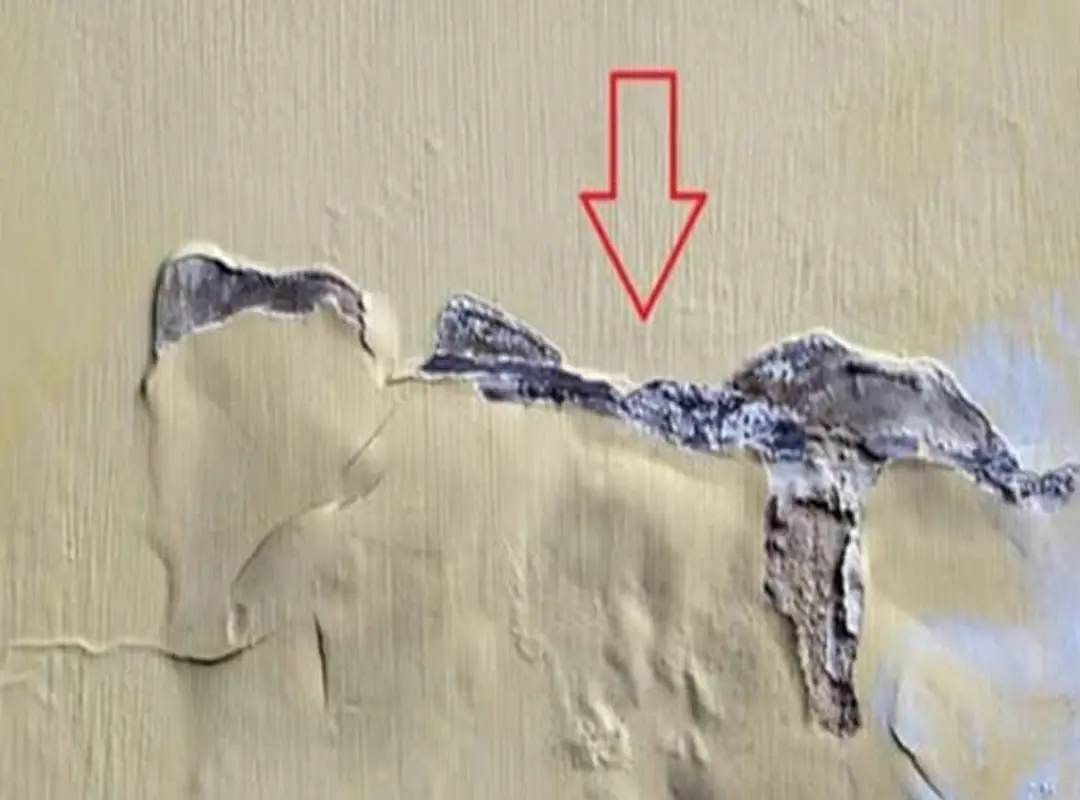
News in the same category

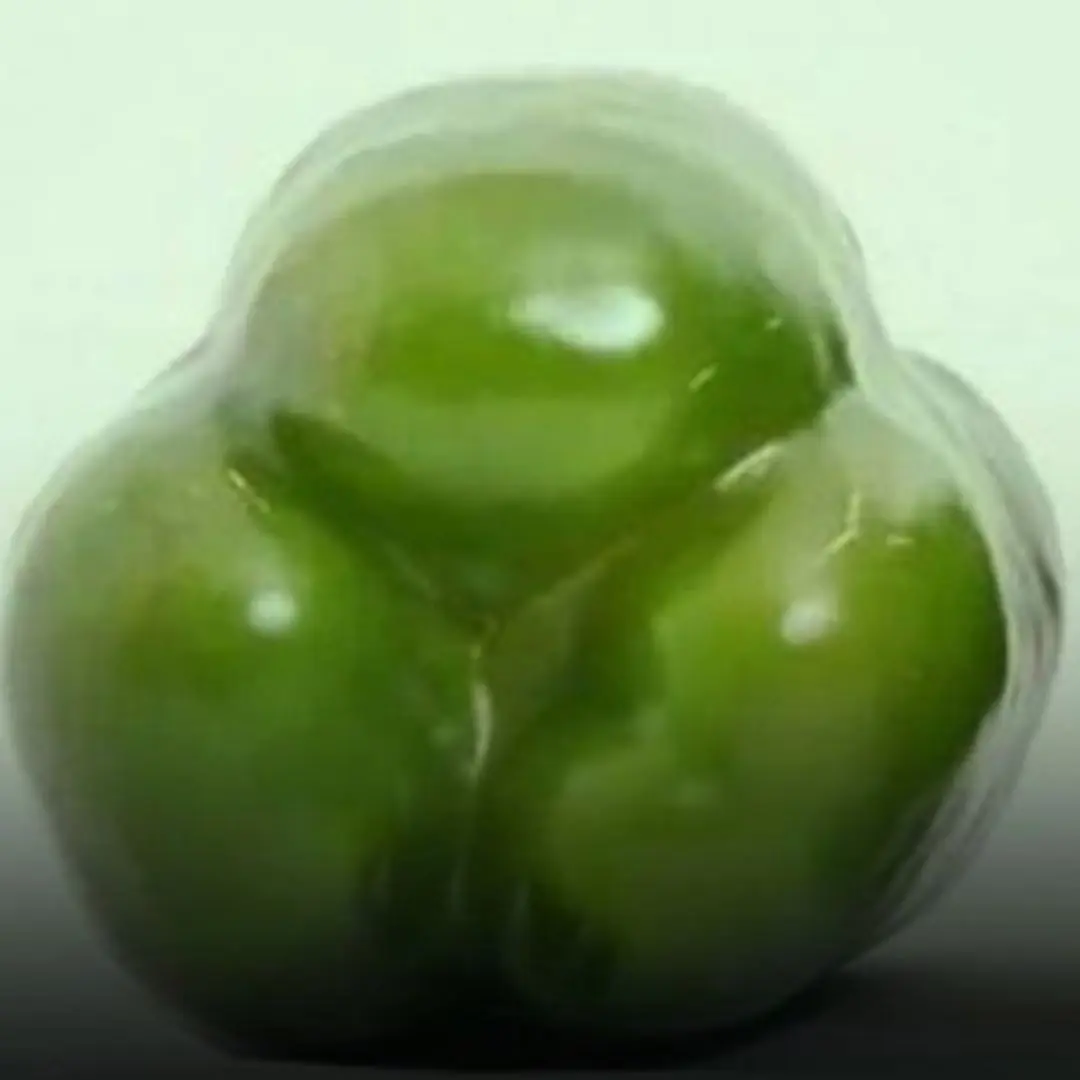
When buying bell peppers, choose the one with 3 or 4 grooves. Which one is better?
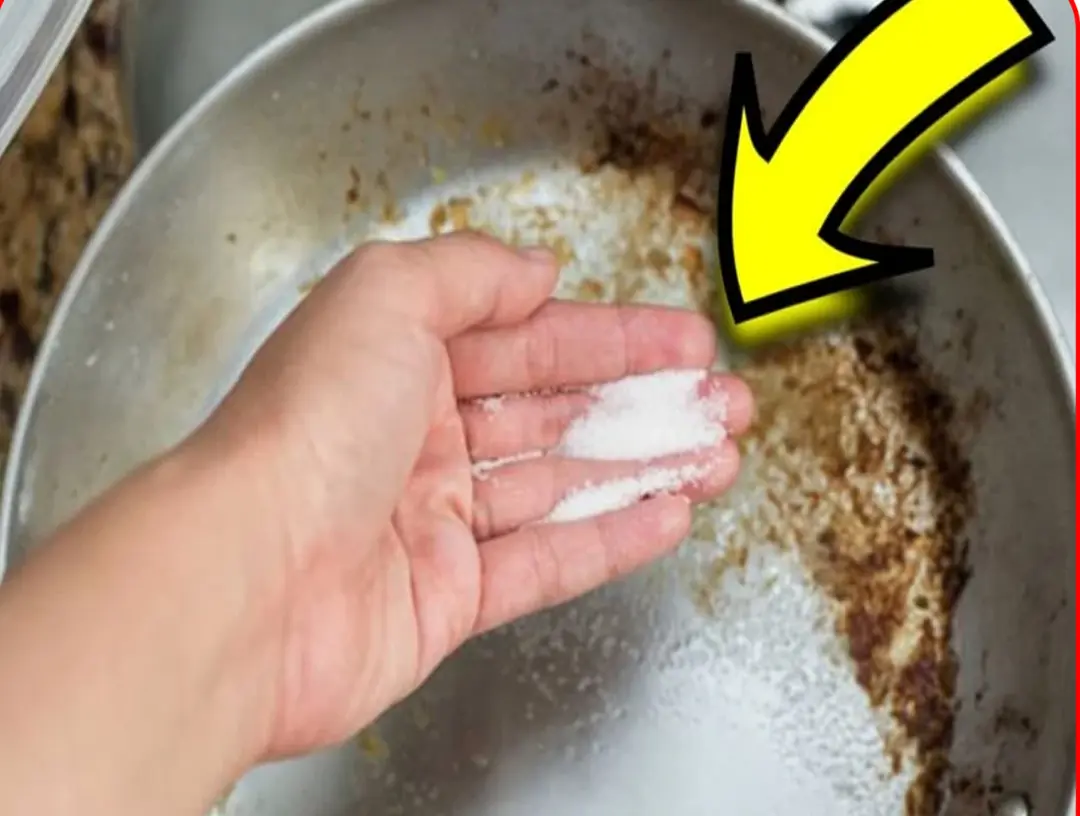
If the pan loses its non-stick coating, don't throw it away.

About 15 minutes before a stroke, the body usually sends out 4 clear

Save this valuable remedy to help absorb toxins and save lives
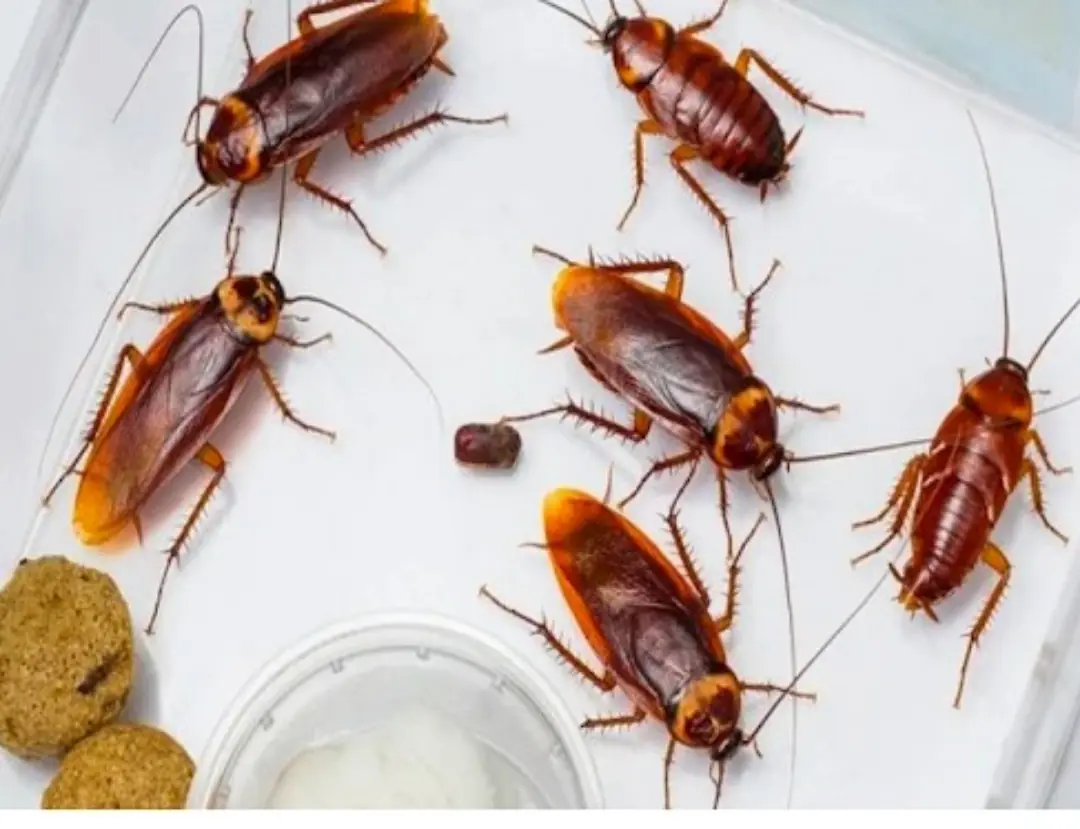
Show you 4 effective ways to keep your house free of cockroaches
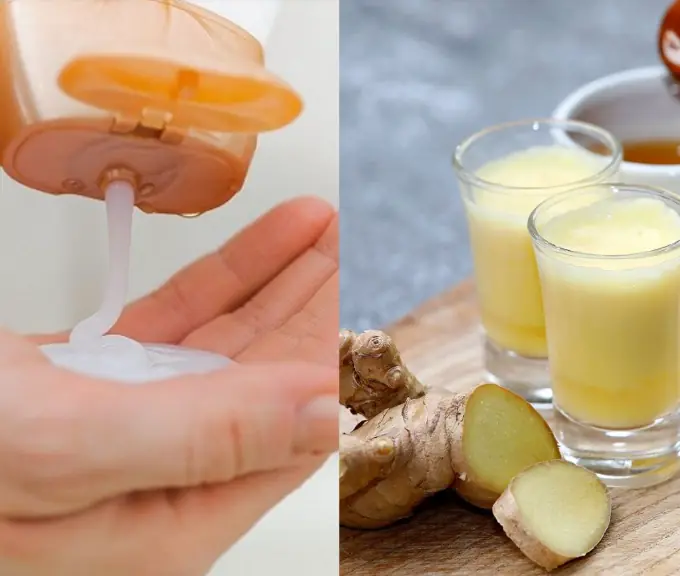
Some ways to care for hair with ginger
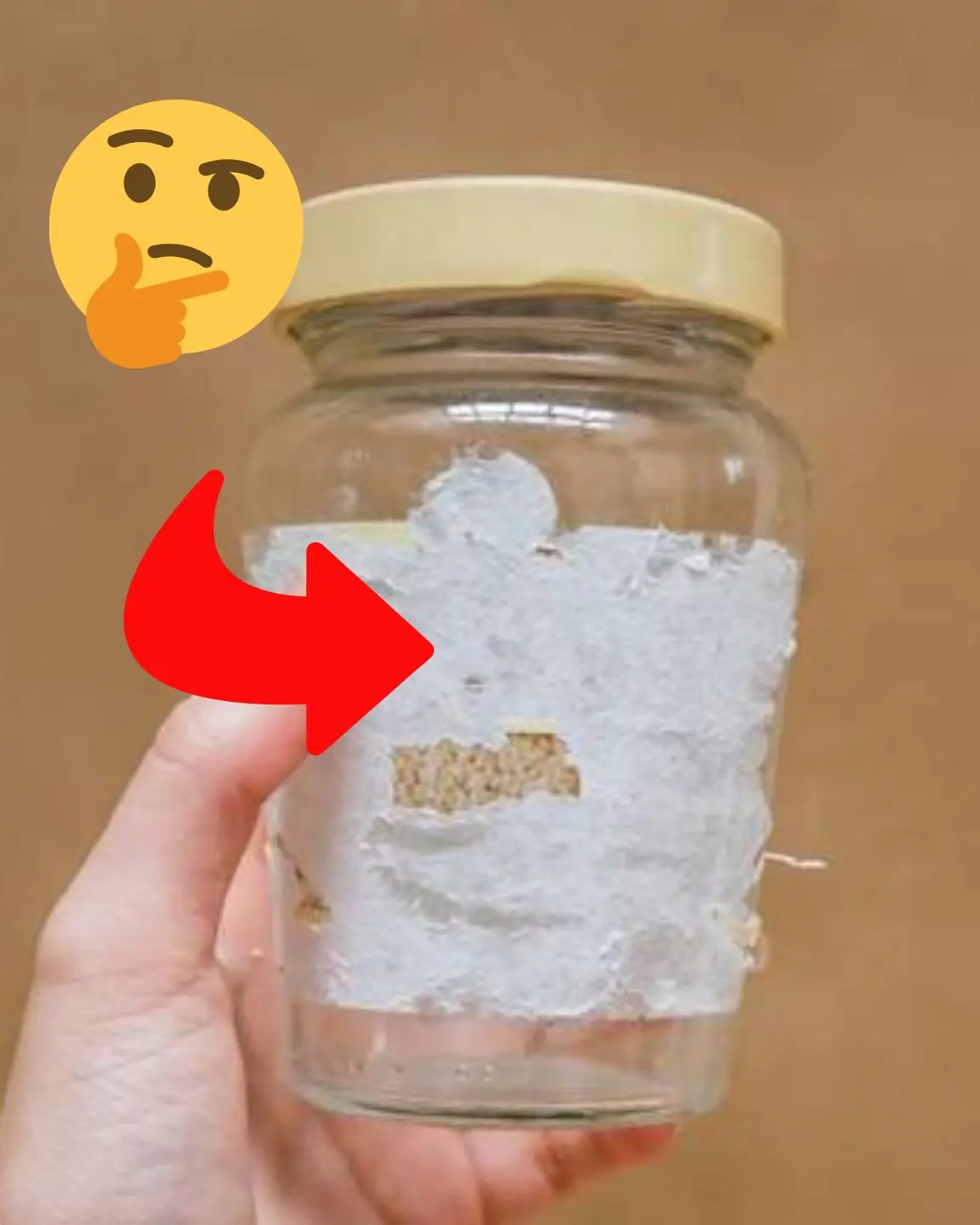
How to Remove Labels from Glass Jars in Minutes (with Zero Effort!)
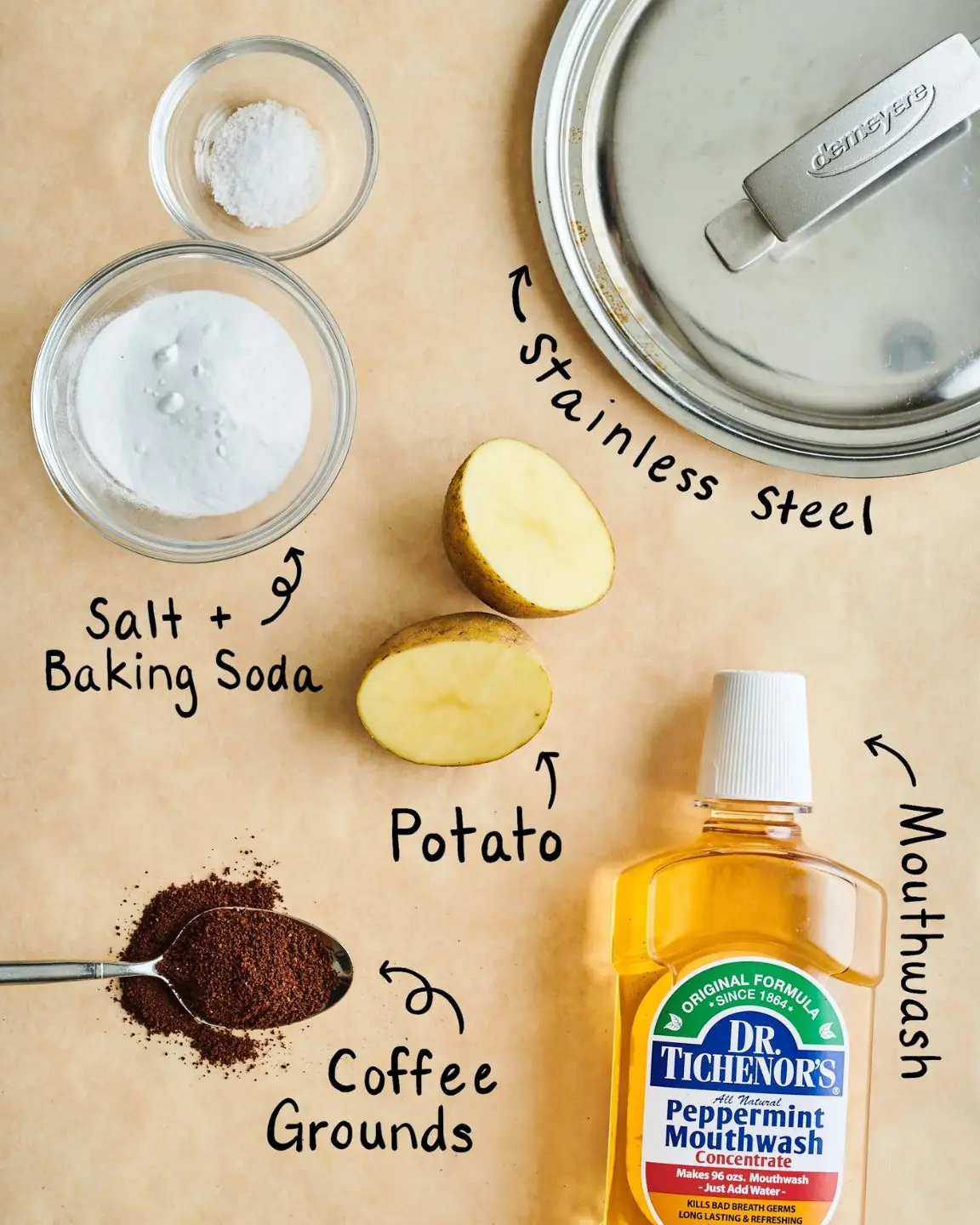
I Tried 5 Tricks for Getting Garlic Smells Off My Fingers, and the Winner Blew Me Away

Is Jackfruit Good for Diabetes?

When buying shrimp, should you choose open or folded tails? 5 tips for choosing the right shrimp, stay away from shrimp injected with chemicals
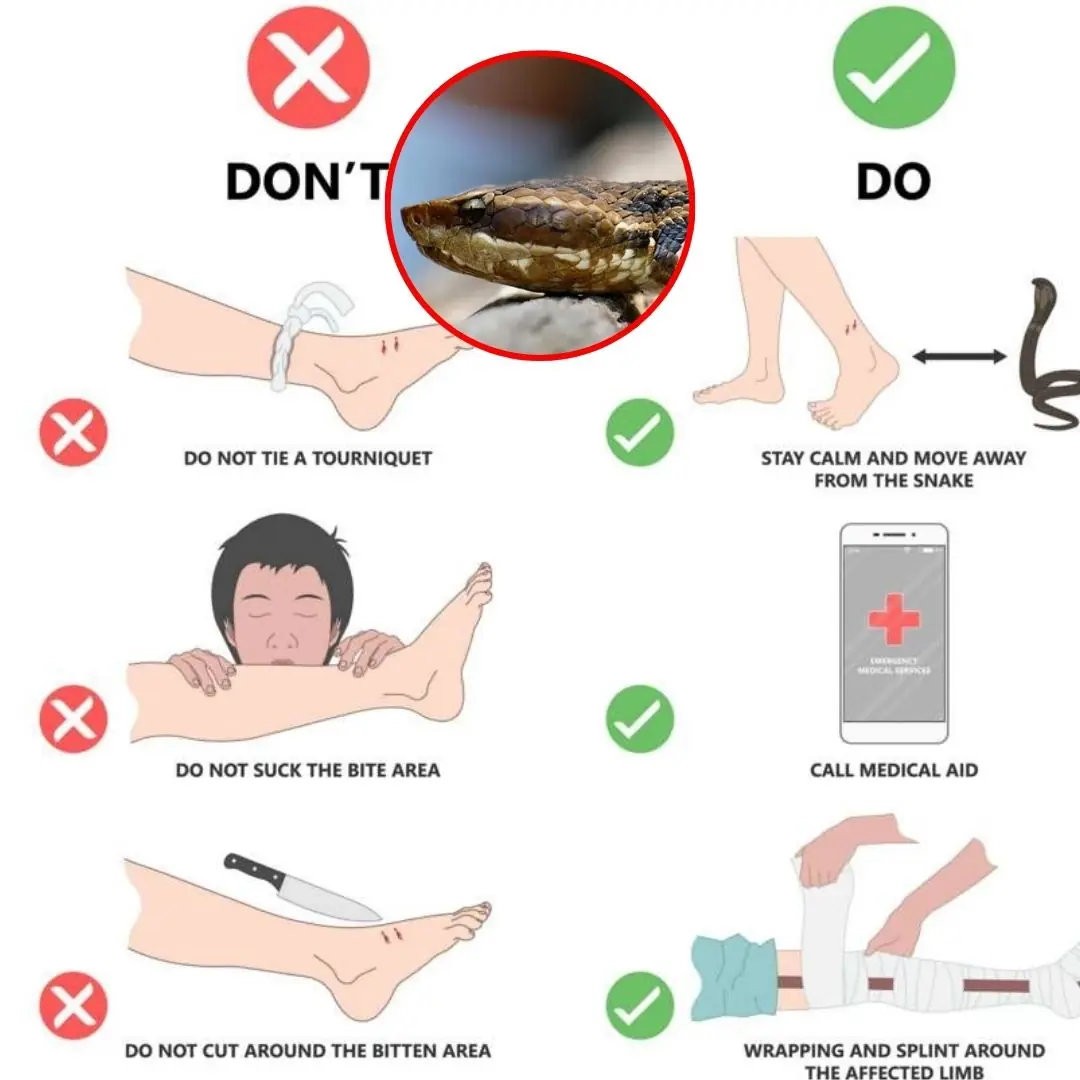
Emergency : Snake bite what to do and what not to do?
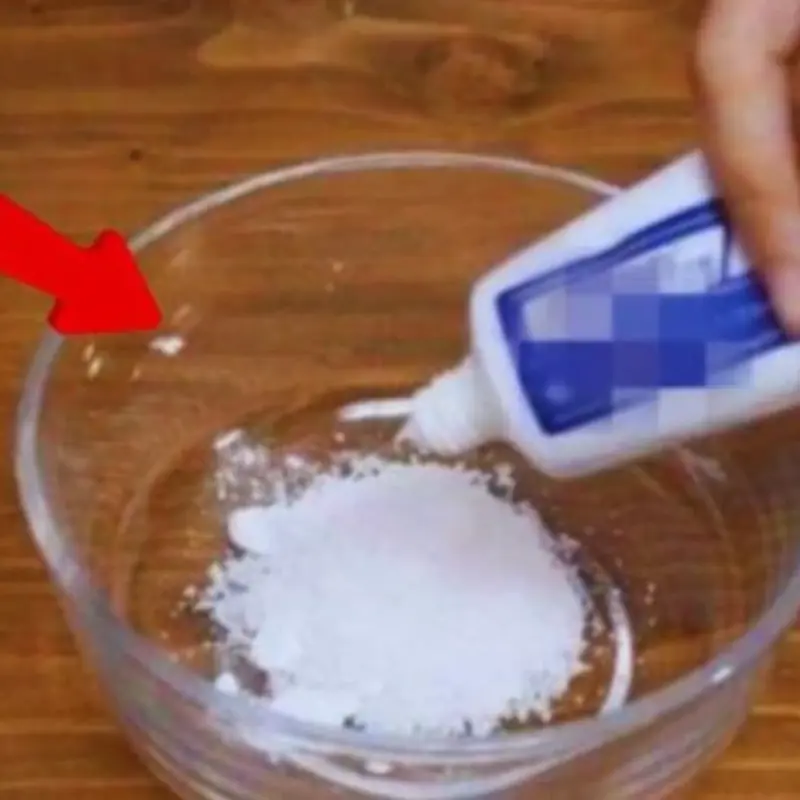
Mix Toothpaste with This and Be Surprised: Old, Moldy Faucets Shine Like New After Just 5 Minutes of Light Cleaning
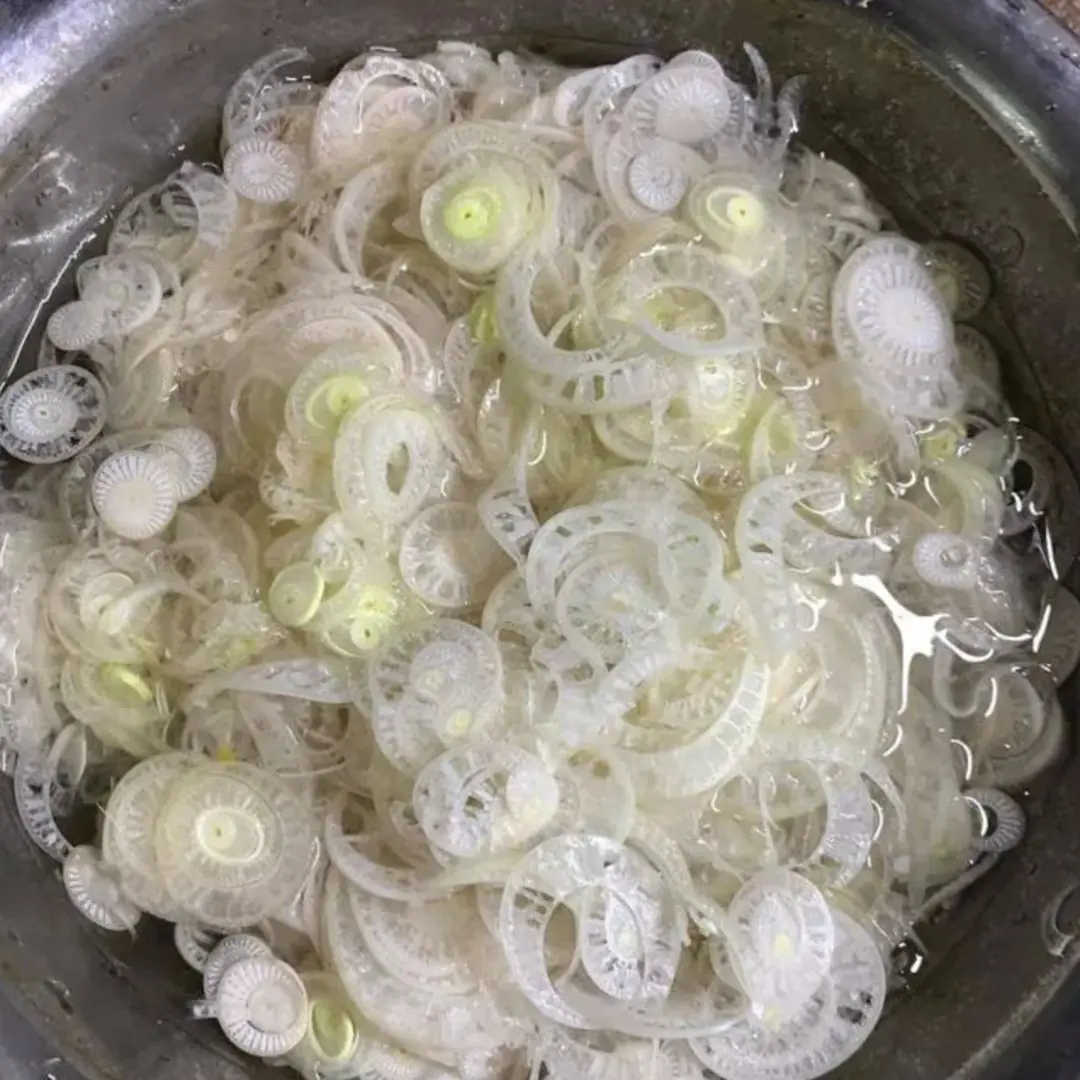
Even though it's simple to eat, homegrown vegetables are both cleaner and healthier than vegetables from the market!

Washing Clams and Shellfish: Some Use Chili, Others Use Wine — All Wrong! A Seafood Vendor Taught Me This Truly Effective Trick
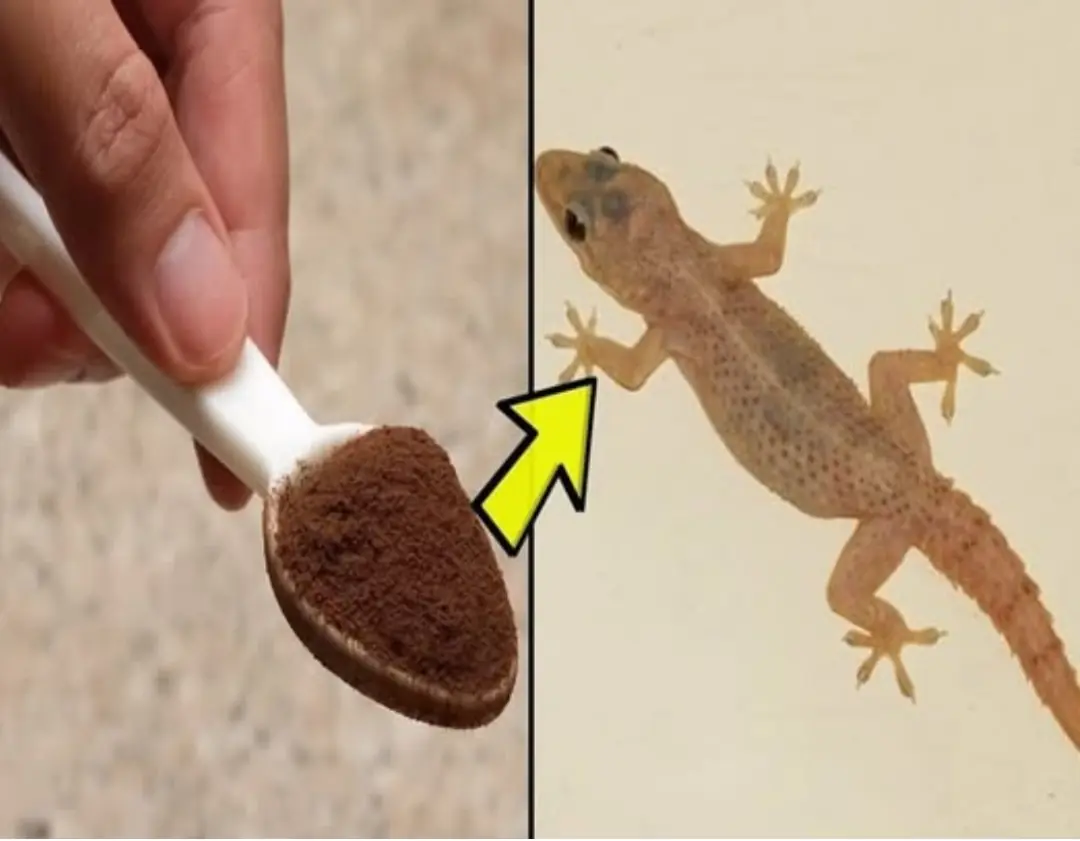
Too many geckos in the house, here's a little trick to make them 'go away and never come back'

Going to the market, if you see these 7 types of fish
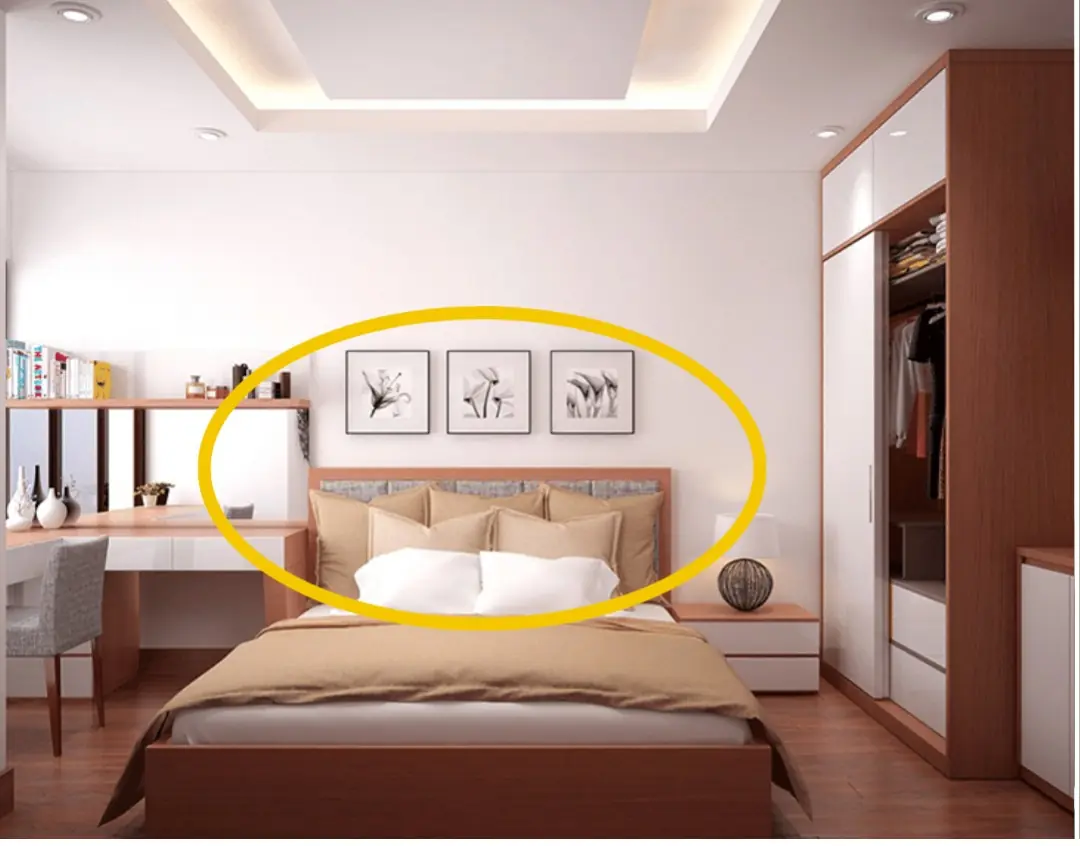
No matter how small your house is, don't place the headboard like this or you'll regret it

Why you shouldn't wear shorts or short skirts when flying
News Post

Two Friends
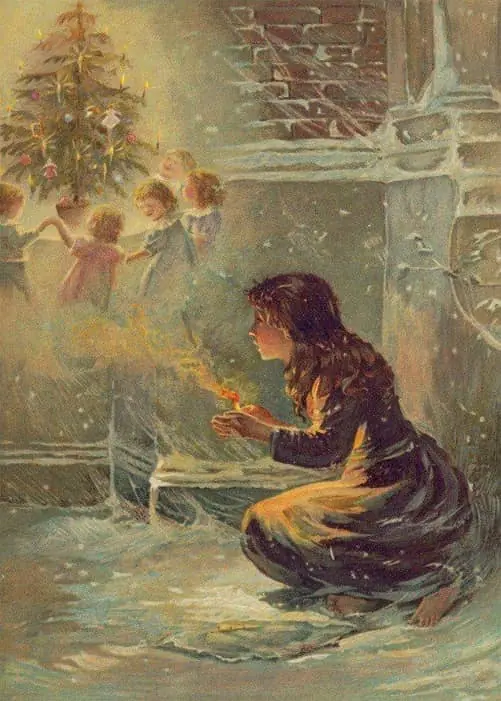
The Little Match Girl

Why should you do that?
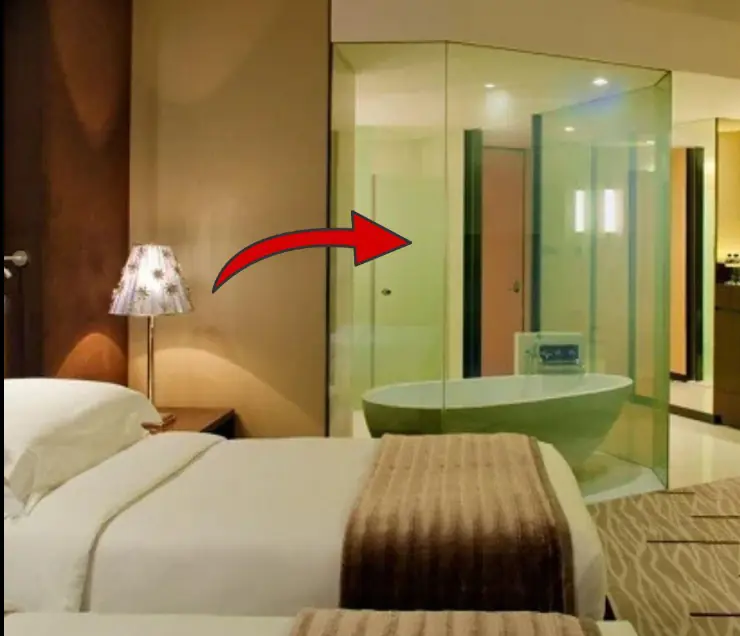
Why do hotel bathrooms have transparent glass doors?

A Jury of Her Peers

NASA Scientists Explain Why Astronauts Strap Down Their Arms to Avoid the “Zombie Pose”

The Gift of the Magi

When buying bell peppers, choose the one with 3 or 4 grooves. Which one is better?

If the pan loses its non-stick coating, don't throw it away.

These 5 fruits are in the 'black book' of causing can.c.er cells

About 15 minutes before a stroke, the body usually sends out 4 clear

Save this valuable remedy to help absorb toxins and save lives

Show you 4 effective ways to keep your house free of cockroaches
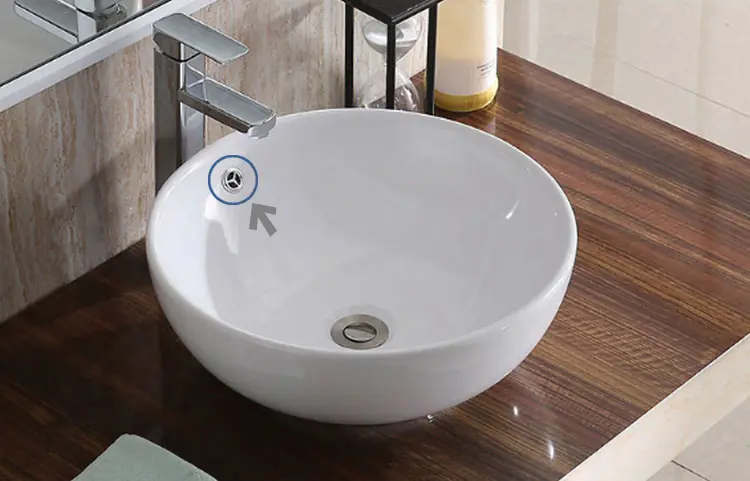
What is the function of this small hole?
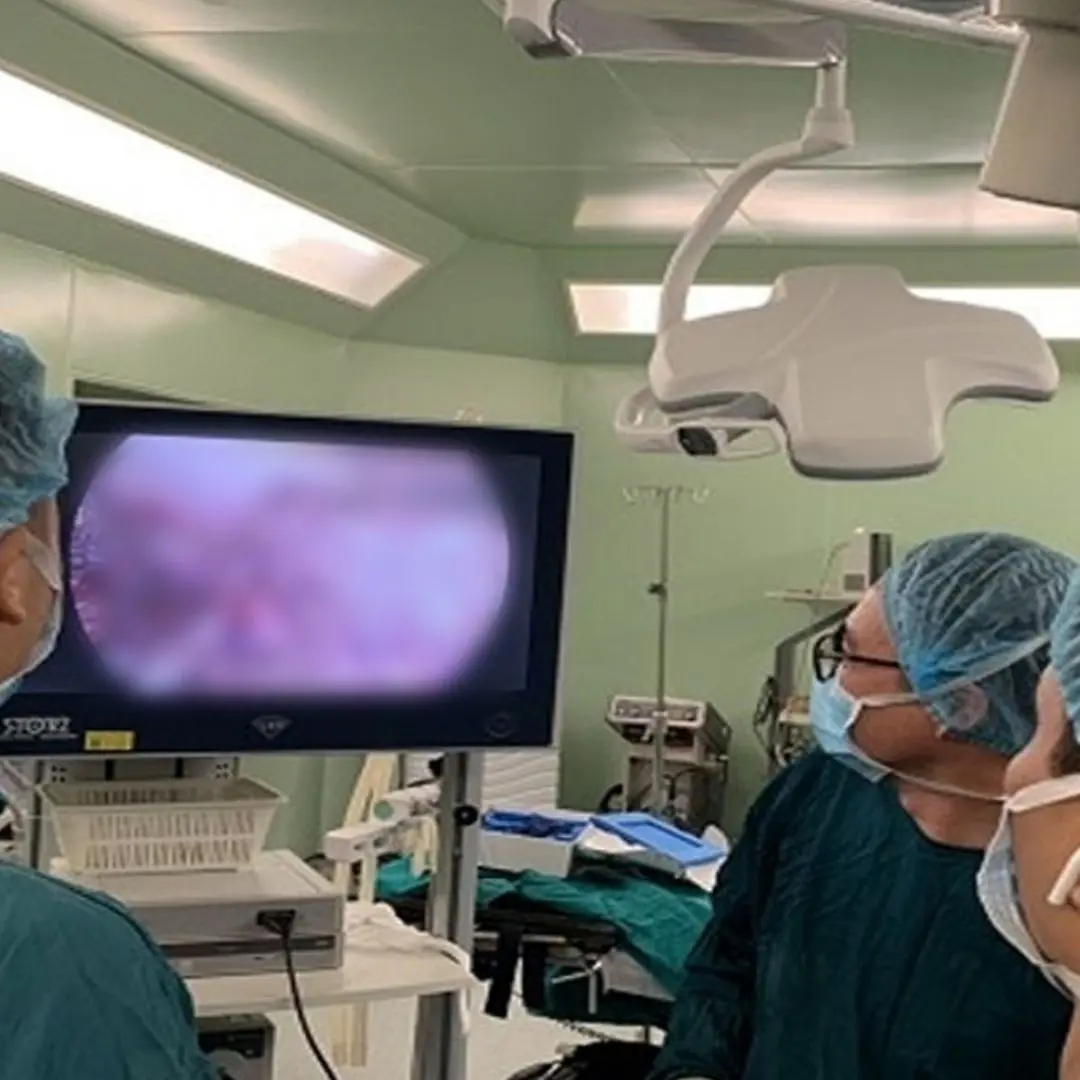
20 year old man had back pain for 10 days, went to the doctor and found out that c.a.ncer had spread throughout his body

Some ways to care for hair with ginger

A Dark Brown Dog
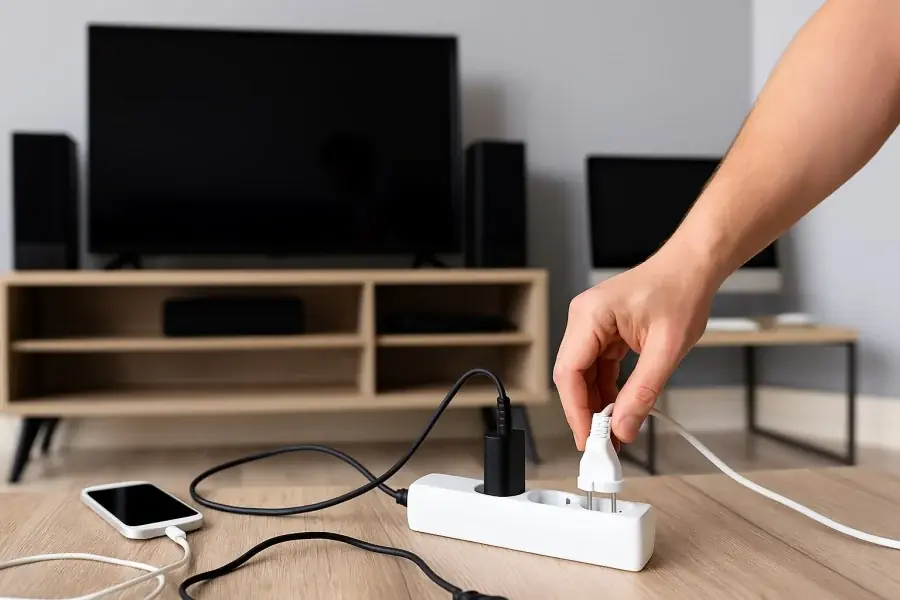
You need to remember to unplug when not in use
